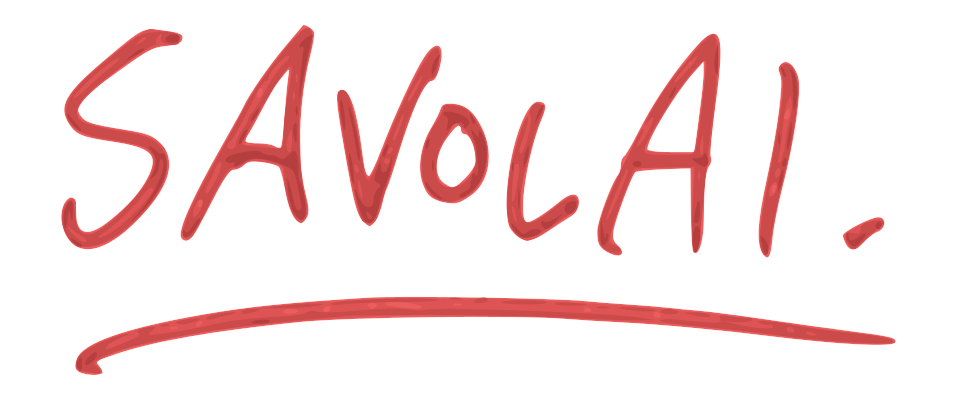Introduction
During my working life I’ve taught some trainings and lectures on UX and courses on software development. Here’s some reflections on what I found central.
Usability or User Experience (UX) education plays an indispensable role in bridging the gap between the theoretical principles of design and their practical applications. This post explores the essence of usability education, the unique challenges it presents, and the opportunities for making it more effective and engaging.
The Essence of Usability Education
The essence of UX education, at its core, is the recognition that a designer cannot assume what users need. This concept is straightforward to grasp theoretically, but it’s often difficult to implement in practice. In the technologically pragmatic world, it’s tempting to take a customer’s specifications at face value and build based on that. However, understanding that a user may not always be able to articulate their exact needs is a crucial part of UX design and usability education.
Realizing that the customer, or even the user themselves, cannot describe exactly what they need is often a long journey. “What do you mean they don’t know? Of course they have to first know what they’re buying!”
However, the essence of usability/UX/UCD for me is ultimately the first and at the same time the most difficult step: As a designer, coming to terms with the fact that I cannot assume on behalf of my users what they need. In principle, it is easy to understand, but often challenging to perceive in practical work.
The Need for Experiential Learning
Theoretical discussions alone won’t resolve this challenge. Instead, it’s vital to involve learners in hands-on projects where they can face real-world challenges. The teaching itself should be as experiential as the user experiences that learners are taught to design. The path to understanding the importance of usability testing and integrating it into software development practice can be steep, and it requires courage to face the user directly, especially in the early stages of learning.
See also: The Why and the How: Usability testing
Reality is such a tough place that it allows the designer to lie to himself that he knows what users need… well, for quite a long time. You can know all the rules about how to build good-looking user experiences in principle. The whole team may be quite thrilled about how great this is. We might still be building the wrong application or thinking from the perspective of the wrong user group.
Balancing Theory and Practice
Teaching the basic principles of user interface design doesn’t automatically translate into knowing how to act in the design process. Instead, the goal should be to create a learning environment—a constructivist playground—where learners can build confidence as professionals while applying their knowledge. The ultimate aim is to receive real feedback from real users.
Redefining the Role of Usability Professionals
In the current scenario, we must decide whether we want to continue emphasizing the role of usability professionals as technical specialists in data collection, or if we want to make user encounters a part of everyday practices in software product development. The latter approach would be revolutionary, making usability testing more accessible and a routine part of development processes.
Conclusion
Usability education is an ongoing journey that demands a careful balance between theoretical knowledge and practical experiences. It’s not enough to learn the rules; designers must also understand how to apply them effectively in the real world. This requires ongoing research, trial and error, and continuous feedback from users. In essence, the challenge of teaching usability is not only about imparting knowledge but also about motivating students to explore, discover, and learn from their interactions with users and their feedback. With the right approach, we can harness the untapped potential of experiential learning to create more effective, engaging, and impactful usability education.
Featured image generated using an LLM

